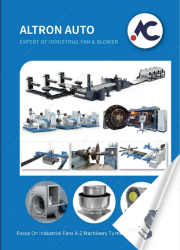2024 Safety & Savings: Robot Welding Solutions For Industrial Fans
Robot welding solutions offer numerous benefits for manufacturers of industrial fans, including superior weld quality, cost savings, and improved safety. As the demand for efficiency and productivity continues to grow, the adoption of robot welding technology is poised to become increasingly widespread. By embracing emerging trends and innovations in robot welding, manufacturers can stay ahead of the curve and remain competitive in today’s dynamic market landscape.
Introduction to Industrial Fans: Understanding the Need for Efficiency
1.1 Importance of Industrial Fans
Industrial fans play a pivotal role across various sectors including manufacturing, HVAC systems, and aerospace. These fans are essential for maintaining proper ventilation, cooling, and air circulation in large facilities. Whether it’s cooling machinery in a factory or providing ventilation in a warehouse, industrial fans are indispensable for ensuring optimal working conditions.
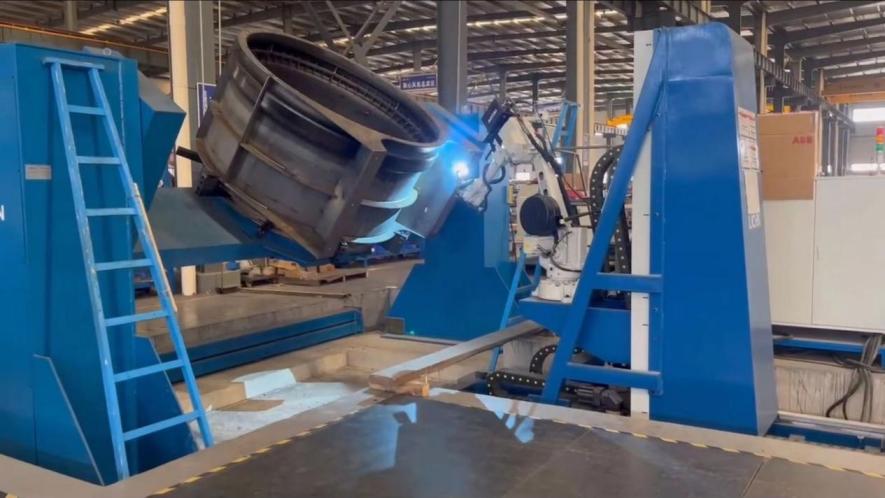
1.2 Demand for Efficient Manufacturing Processes
In today’s competitive market, efficiency is key to staying ahead. Manufacturers are constantly seeking ways to streamline their processes to reduce costs, improve quality, and meet tight production deadlines. Efficiency in manufacturing is not just about speed; it’s also about precision and consistency.
Challenges in Traditional Welding Methods for Industrial Fans
2.1 Limitations of Manual Welding
Manual welding methods have several drawbacks when it comes to fabricating industrial fans. One major issue is inconsistency in weld quality, which can lead to weak points in the structure. Additionally, manual welding requires skilled labor, which adds to labor costs and can be challenging to scale up for high-volume production. Moreover, safety concerns arise due to the exposure of workers to hazardous fumes and high temperatures during the welding process.
2.2 Drawbacks of Traditional Welding
Traditional welding methods, such as MIG (Metal Inert Gas) or TIG (Tungsten Inert Gas) welding, have their limitations when it comes to welding industrial fan components. These methods often require multiple passes to achieve the desired weld strength, leading to longer production times and increased costs. Additionally, the manual nature of these processes makes it difficult to maintain consistency, resulting in variations in weld quality.
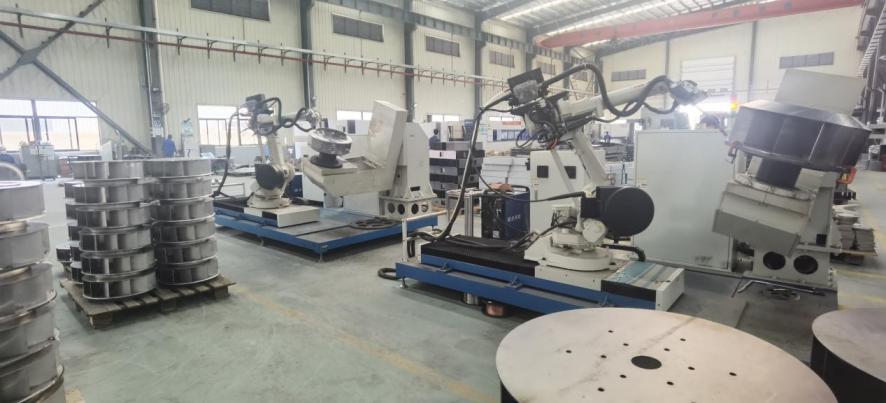
2.3 Safety Concerns
Safety is a significant concern in manual welding processes. Welding operations involve exposure to high temperatures, sparks, and potentially harmful fumes, posing risks to the welder as well as the surrounding environment. Ensuring the safety of workers in such conditions requires strict adherence to safety protocols and the use of personal protective equipment (PPE), which adds to production costs and time.
Introducing Robot Welding Solutions: Advantages and Capabilities
3.1 Addressing Shortcomings of Traditional Methods
Robot welding solutions offer a viable alternative to traditional welding methods for fabricating industrial fans. These automated systems utilize advanced robotic arms equipped with welding torches to precisely join metal components. By eliminating the need for manual intervention, robot welding minimizes the risk of human error and ensures consistent weld quality.
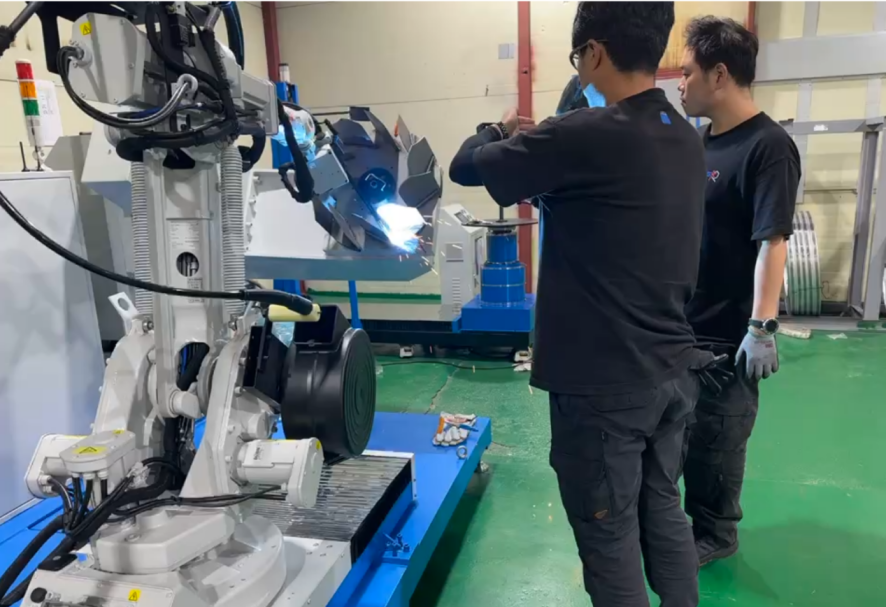
3.2 Benefits of Robot Welding
Robot welding offers numerous advantages over manual welding, including enhanced precision, speed, and repeatability. The robotic arms can execute complex weld patterns with utmost accuracy, resulting in stronger and more reliable welds. Moreover, robot welding significantly reduces production time by completing welds at a faster pace compared to manual methods.
3.3 Flexibility in Adaptability
One of the key strengths of robot welding systems is their flexibility in adapting to various fan designs. Whether it’s welding intricate components or large structural frames, these systems can be programmed to handle a wide range of welding tasks. This adaptability allows manufacturers to efficiently produce different types of industrial fans without the need for extensive retooling or reprogramming.
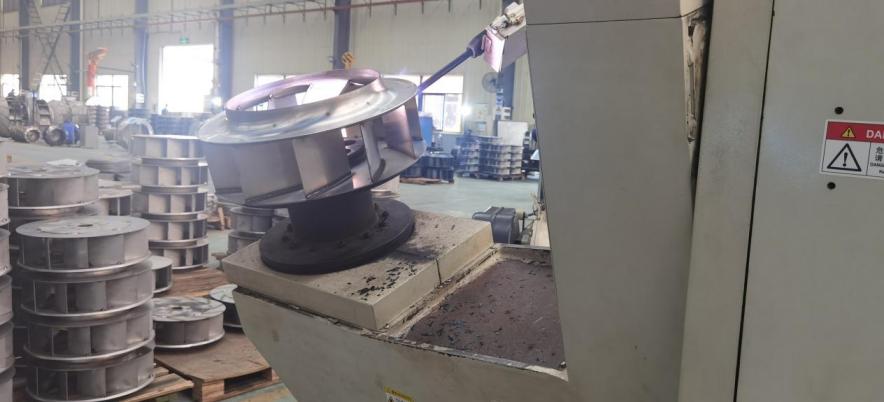
Enhanced Productivity: Streamlining Production with Robot Welding
4.1 Increased Production Throughput
By automating the welding process, robot welding solutions dramatically increase production throughput. These systems can operate continuously without fatigue or breaks, allowing manufacturers to maintain a consistent pace of production. As a result, lead times are reduced, and manufacturers can meet customer demands more efficiently.
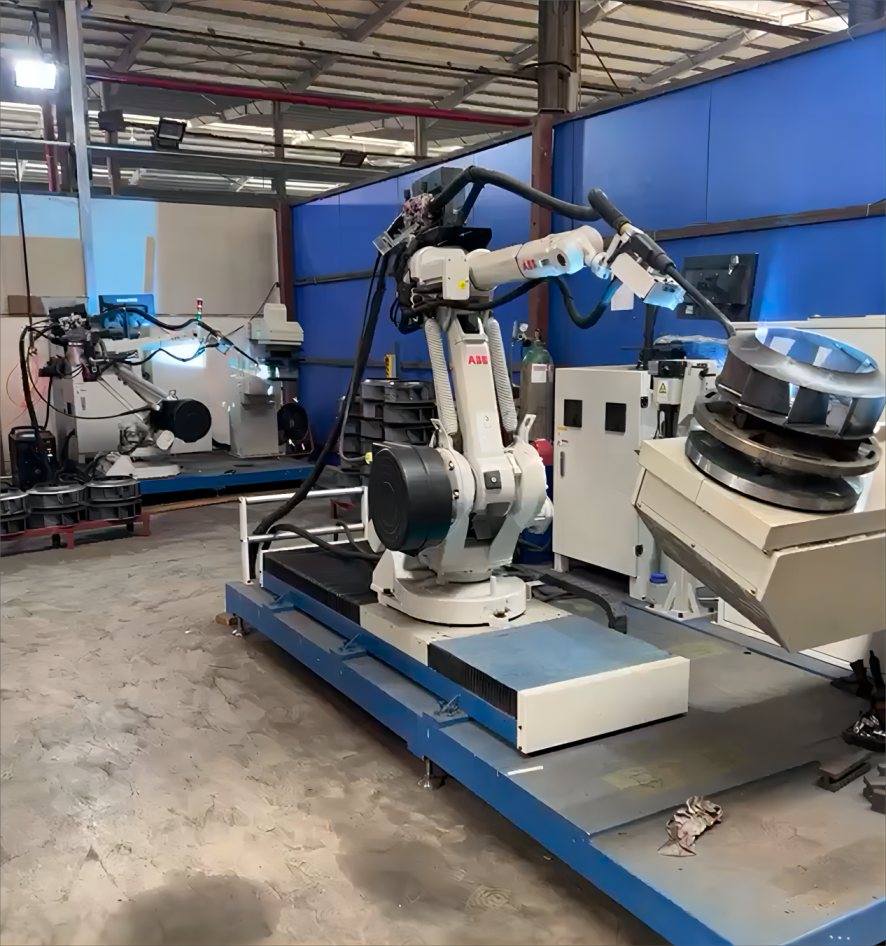
4.2 Examples of Improved Efficiency
The implementation of robot welding solutions has led to significant improvements in efficiency for manufacturers of industrial fans. By reducing manual labor requirements and minimizing production downtime, companies have been able to optimize their manufacturing processes and achieve higher output levels. This increased efficiency not only enhances profitability but also improves overall competitiveness in the market.
Quality Assurance: Ensuring Superior Welds with Robotic Precision
5.1 Consistent Weld Quality
Robot welding solutions offer unparalleled consistency in weld quality. These systems are equipped with advanced sensors and precision controls that ensure each weld is executed with exacting accuracy. By eliminating human error and variability, robot welding produces stronger, more reliable welds that meet or exceed industry standards.
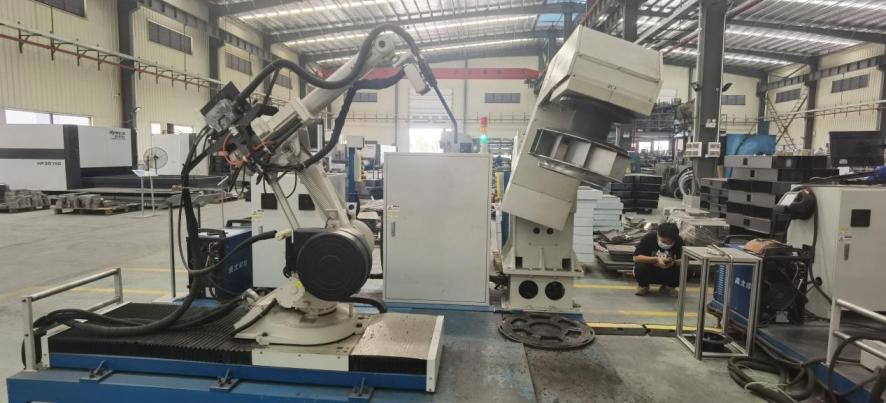
5.2 Real-Time Monitoring and Quality Control Measures
One of the key features of robot welding is real-time monitoring capabilities. These systems continuously monitor weld parameters such as voltage, current, and travel speed to detect any deviations from the predefined parameters. In case of anomalies, the system can automatically make adjustments to maintain optimal welding conditions. Additionally, quality control measures such as automated inspection and testing ensure that only high-quality welds pass inspection, minimizing the risk of defects and rework.
Cost Savings and Return on Investment (ROI) Analysis
6.1 Cost-Benefit Analysis
When comparing manual welding to robot welding, the cost-benefit analysis overwhelmingly favors the latter. While the initial investment in robot welding equipment may be higher, the long-term savings in labor, material, and rework costs far outweigh the upfront expense. Robot welding systems operate continuously with minimal downtime, leading to higher productivity and throughput. Additionally, the precision and consistency of robot welding result in fewer defects and rework, reducing material waste and associated costs.
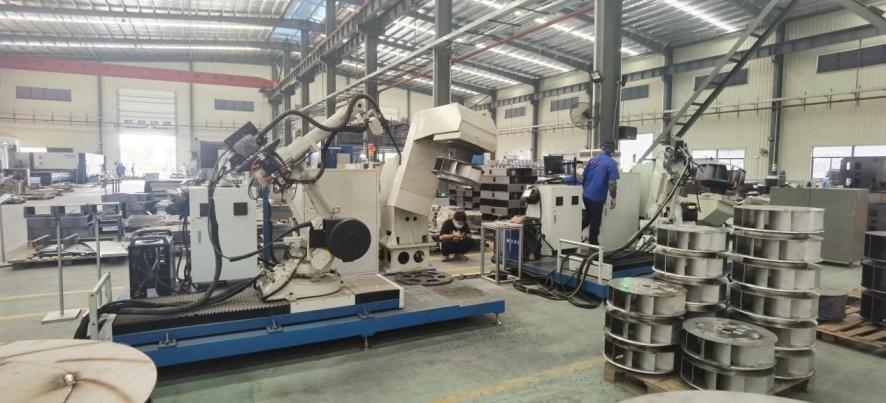
6.2 Long-Term Savings
The adoption of robot welding solutions results in significant long-term savings for manufacturers of industrial fans. By automating repetitive and labor-intensive welding tasks, companies can reduce their reliance on skilled welders and lower labor costs. Moreover, the consistent quality of robot welding minimizes the need for rework and scrap, leading to additional savings in material costs. Over time, these cost reductions contribute to a substantial return on investment for companies that invest in robot welding technology.
Safety Considerations: Mitigating Risks in Manufacturing Environments
7.1 Reduced Exposure to Hazards for Workers
Robot welding offers several safety advantages over manual welding methods. By automating the welding process, robot systems minimize the exposure of workers to hazardous conditions such as high temperatures, sparks, and fumes. This reduces the risk of injuries and occupational hazards associated with manual welding operations, creating a safer working environment for employees.
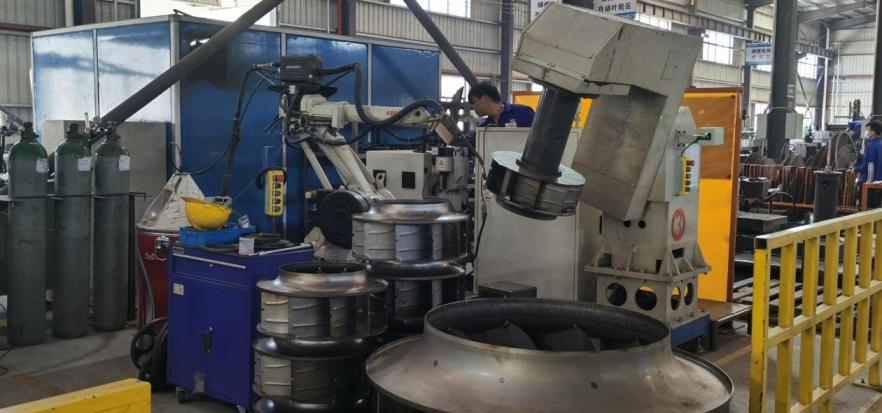
7.2 Safety Protocols and Standards
Integrating robots into manufacturing facilities requires adherence to strict safety protocols and standards. Manufacturers must ensure that proper safety measures are in place to protect workers and prevent accidents. This includes implementing safety barriers, emergency stop mechanisms, and safety interlocks to prevent unauthorized access to robotic work zones. Additionally, training programs should be provided to educate workers on safe operating procedures and precautions when working alongside robots.
Future Trends and Innovations in Robot Welding for Industrial Fans
8.1 Emerging Technologies
The future of robot welding for industrial fans is characterized by continuous innovation and advancements in technology. Emerging technologies such as artificial intelligence (AI) and machine learning are revolutionizing the capabilities of robot welding systems. AI algorithms can analyze vast amounts of data to optimize welding parameters in real time, resulting in even greater precision and efficiency.
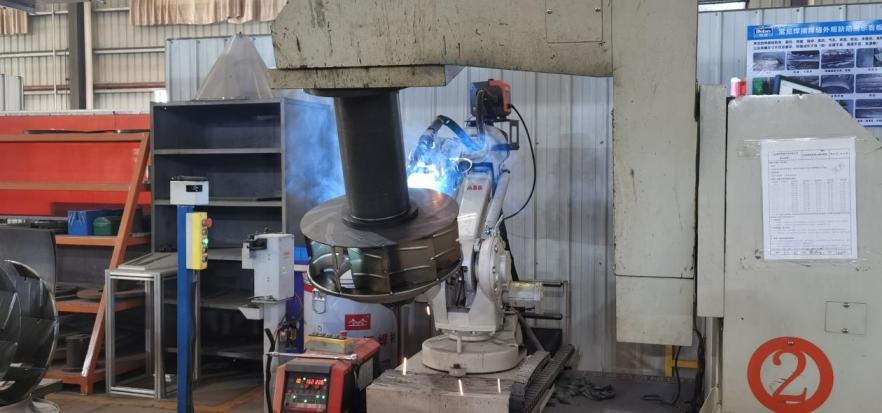
8.2 Advancements in Automation
Automation is another key trend shaping the future of robot welding. Collaborative robotics, which enables humans and robots to work together in the same workspace, is becoming increasingly prevalent in manufacturing environments. These collaborative robots, or cobots, offer greater flexibility and versatility in welding applications, allowing for more complex and intricate welds to be performed with ease.
How to Choose Robot Welding Solutions For Industrial Fans
9.1 Assessing Your Welding Needs
The first step in choosing the right robot welding solution for industrial fans is to assess your specific welding needs. Consider factors such as the size and complexity of the fan components, the desired production throughput, and any unique welding requirements. Understanding your welding needs will help you narrow down your options and select a system that meets your requirements.
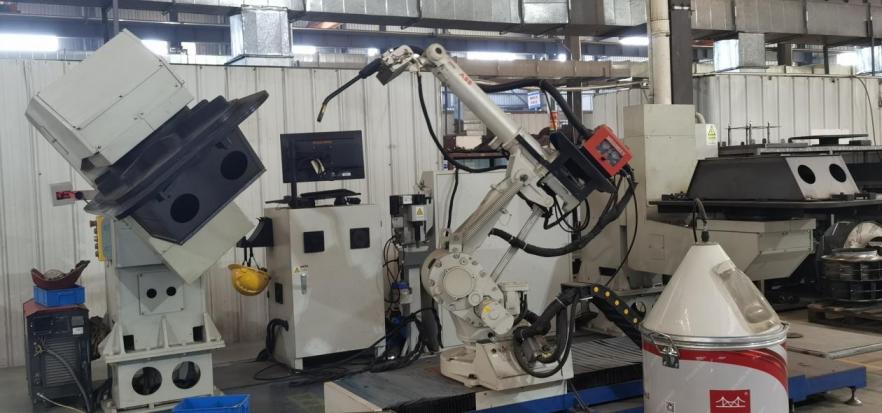
9.2 Evaluating Performance and Capabilities
When evaluating robot welding solutions, it’s essential to consider the performance and capabilities of the system. Look for features such as precision welding capabilities, fast cycle times, and the ability to handle a variety of materials and thicknesses. Additionally, consider the flexibility and adaptability of the system in accommodating different fan designs and production requirements.
Why Choose ALTRON
10.1 Industry-Leading Expertise
ALTRON is a renowned manufacturer of robot welding solutions with years of industry-leading expertise. Their team of engineers and technicians has a deep understanding of welding processes and technologies, allowing them to develop innovative solutions tailored to the specific needs of industrial fan manufacturers.
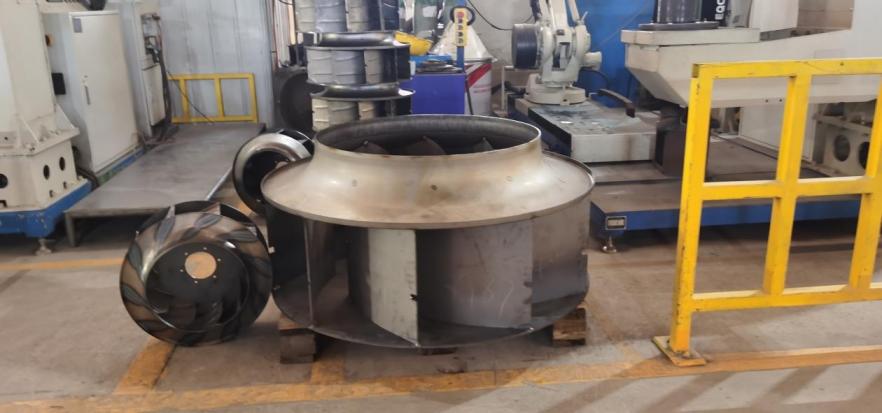
10.2 Cutting-Edge Technology
ALTRON’s robot welding systems are equipped with cutting-edge technology designed to deliver superior performance and reliability. From advanced welding torches and precision controls to intuitive programming interfaces, ALTRON’s systems are built to optimize welding processes and maximize productivity.
10.3 Customization and Support
ALTRON understands that every manufacturing operation is unique, which is why they offer customizable solutions to meet the specific requirements of their customers. Whether you need a turnkey welding system or a tailored solution for a specific application, ALTRON’s team will work closely with you to develop a solution that fits your needs perfectly. Additionally, ALTRON provides comprehensive support services to ensure that your welding system operates efficiently and reliably.
10.4 Commitment to Quality and Safety
Quality and safety are top priorities for ALTRON. Their robot welding solutions undergo rigorous testing and quality assurance processes to ensure that they meet the highest standards of performance and reliability. Additionally, ALTRON prioritizes safety in the design and implementation of its systems, incorporating features such as safety interlocks and protective barriers to protect workers and prevent accidents.
Conclusion
In conclusion, robot welding solutions offer a compelling solution to the challenges faced by manufacturers in the fabrication of industrial fans. By leveraging automation and advanced technology, these systems provide unparalleled precision, speed, and flexibility, ultimately leading to enhanced productivity and efficiency in manufacturing operations. As the demand for efficient production processes continues to grow, robot welding is poised to play a crucial role in shaping the future of industrial fan manufacturing.

